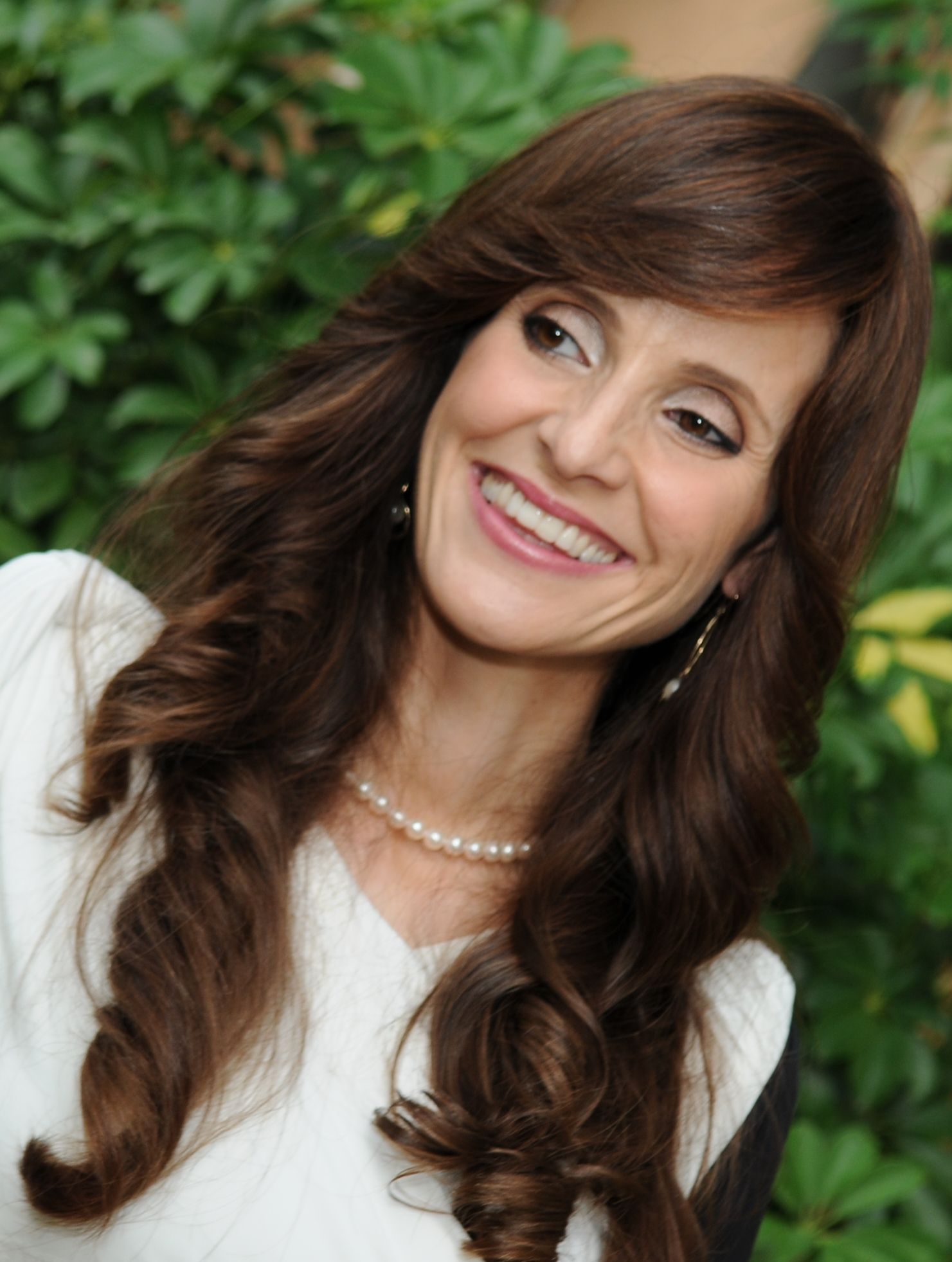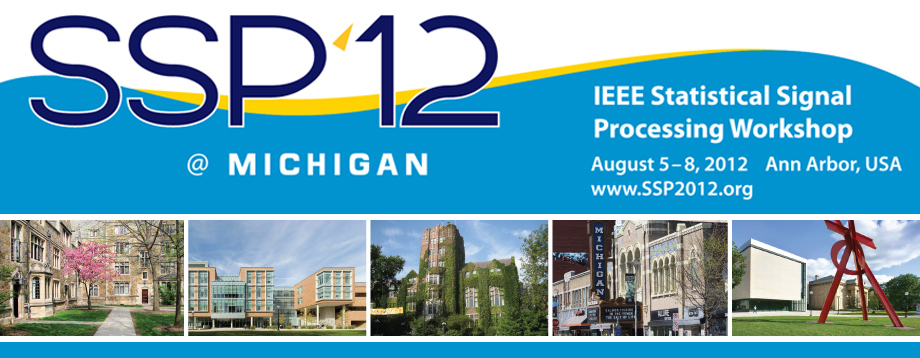



Plenary Speakers
We are delighted to have the following colleagues as our plenary speakers for SSP 2012.
|
Yonina Eldar Yonina C. Eldar received the B.Sc. degree in physics and the B.Sc. degree in electrical engineering both from Tel-Aviv University (TAU), Tel-Aviv, Israel, in 1995 and 1996, respectively, and the Ph.D. degree in electrical engineering and computer science from the Massachusetts Institute of Technology (MIT), Cambridge, in 2002. She is currently a Professor in the Department of Electrical Engineering at the Technion-Israel Institute of Technology, Haifa. She is also a Research Affiliate with the Research Laboratory of Electronics at MIT and a Visiting Professor at Stanford University, Stanford, CA.
|
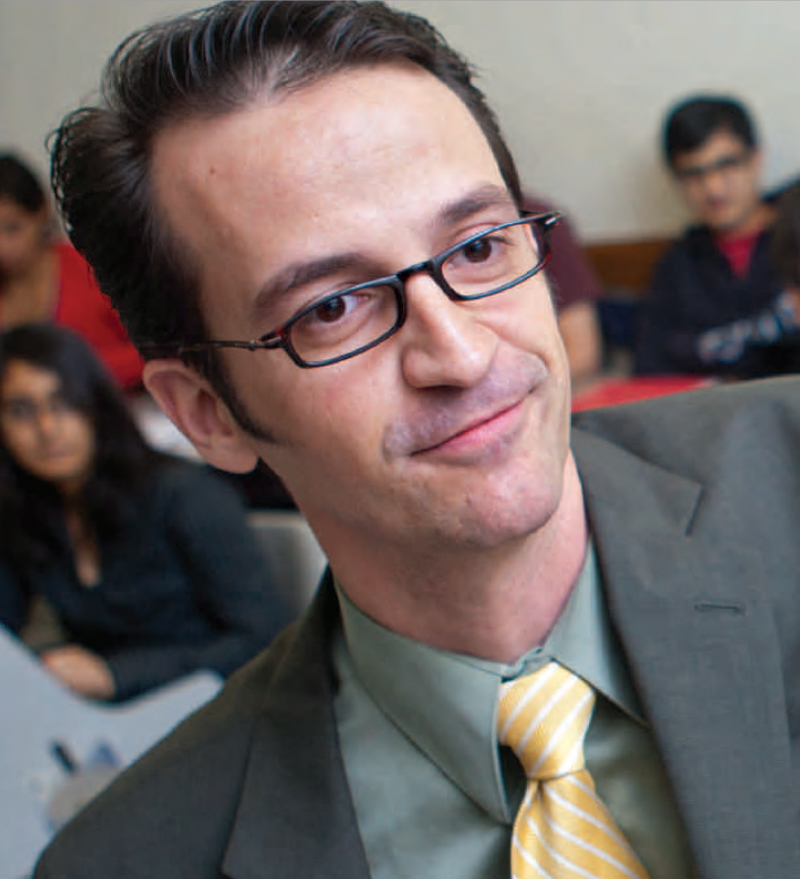 |
Robert Ghrist University of Pennsylvania Monday 1 PM - 2 PM, August 6 Title: Topological Signal Processing Abstract: This talk will survey some recent advances in a qualitative approach to signal processing using tools from geometric and algebraic topology. Topology --- the mathematics of qualitative description and local-to-global inference --- is an ideal tool-set for several signal processing applications, especially in settings that are coordinate-free or otherwise minimalist. Biography: After earning an undergraduate degree in Mechanical Engineering from the University of Toledo, Ghrist went on to earn a Ph.D. in Applied Mathematics from Cornell University, writing a thesis on knotted flowlines in 1995. Ghrist has held positions at the University of Texas, Austin; Georgia Institute of Technology; and the University of Illinois, Urbana-Champaign. He is currently the Andrea Mitchell University Professor of Mathematics and Electrical & Systems Engineering at the University of Pennsylvania. Ghrist's work focuses on topological methods in applied mathematics, with applications ranging from fluid dynamics to robotics to sensor networks and more. His work has been honored by Scientific American as a "SciAm50 Top Research Innovation" in 2007. He specialized in transferring technology from pure to applied mathematics. |
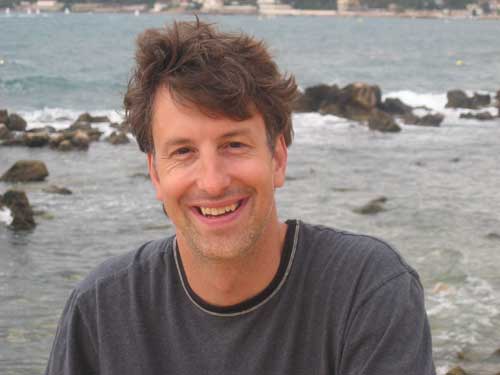 |
Robert Nowak Title: Adaptive Sensing and Active Learning
|
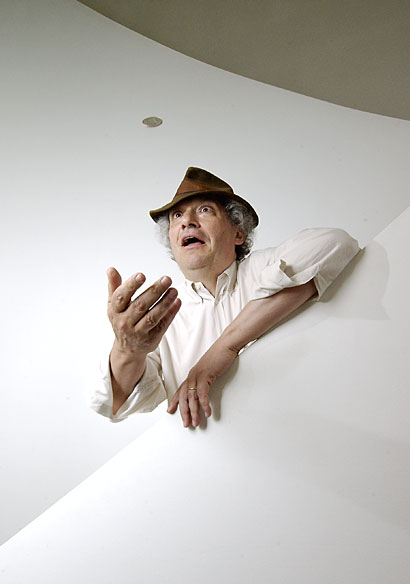 |
Persi Diaconis
Abstract: When a column of digits is added in the usual way, "carries" occur. If the digits are random, the carries form a point process with interesting properties. It is stationary, one-dependent, and determinental. This allows standard theory to answer "any reasonable question." A raft of such processes occur in a variety of applications: random matrix theory, combinatorics, zeros of random functions, and software design. The mathematics involves various parts of algebra, in rare conjunction with probability. All of this is joint work with Alexei Borodin.
|
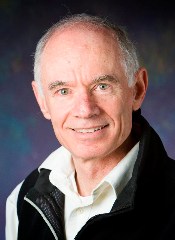 |
Yoram Bresler Abstract: Compressive sensing (CS), also known as compressive sampling, has become widely popular in recent years. In the first part of the talk, we review the little known fact, that the invention of CS preceded the papers that popularized it by almost a decade. Spectrum-blind sampling (SBS), proposed by Bresler and Feng in the mid-90’s, and further developed into “image compression on the fly,” with Venkataramani, and Gastpar, is the first known compressed sensing technique. This work from the 1990's already included the conceptual breakthrough of sampling at the sparsity level, theoretical guarantees and computationally efficient algorithms, treatment of both finite-length vectors and analog sampling, of the single-vector case and of jointly-sparse recovery (the so-called multiple measurement vector problem), and applications to imaging.
In the second part of the talk, guided by the applications that originally spurred the invention of CS in the 1990's, and which have continued to motivate much of the work on CS to date, we examine the current status of CS theory and algorithms. We find that in spite of deep and seminal contributions in this area, the available results have some limitations. The most powerful performance guarantees for polynomial-time algorithms have been obtained for unstructured random Gaussian or sub-Gaussian sensing matrices. However, in most practical applications, such sensing matrices are infeasible, owing to either the physics of the acquisition system, or computational cost. On the other hand, the performance guarantees for structured sensing matrices that arise in practice are too conservative, or inapplicable. Another weakness of current CS has been the extension to jointly-sparse recovery: algorithms that perform well in practice are computationally expensive, and those that are fast, have inferior performance. We describe new results that address both of these limitations of current theory and algorithms. Expanding on the ideas first proposed for SBS and image compression on the fly, we describe new guaranteed algorithms for jointly-sparse recovery, which provide the best of both worlds: they are fast, and perform at least as well as the best known (but expensive) algorithms. Addressing the broader problem of sensing with structured matrices, we develop new tools for performance guarantees, and new efficient algorithms to which these guarantees are applicable. The new algorithm are not only guaranteed under more lenient conditions that are satisfied in practical compressive sensing systems, but, in numerical experiments, they also perform better than existing algorithms. Biography: Yoram Bresler (F'99) received the B.Sc. (cum laude) and M.Sc. degrees from the Technion, Israel Institute of Technology, in 1974 and 1981 respectively, and the Ph.D degree from Stanford University, in 1986, all in Electrical Engineering. In 1987 he joined the University of Illinois at Urbana-Champaign, where he is currently a Professor at the Departments of Electrical and Computer Engineering and Bioengineering, and at the Coordinated Science Laboratory. Yoram Bresler is also President and Chief Technology Officer at InstaRecon, Inc., a startup he co-founded to commercialize breakthrough technology for tomographic reconstruction developed in his academic research. His current research interests include multi-dimensional and statistical signal processing and their applications to inverse problems in imaging, and in particular computed tomography, magnetic resonance imaging, and compressed sensing.
|
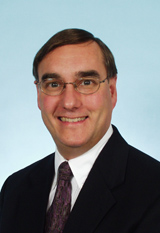 |
Randy Moses
The steady advance in digital processing hardware and sampling systems are enabling significant new opportunities in radar signal processing. In the same way that increasing processor speed realized a revolution first in digital audio, then in digital video, digital radar is rapidly growing. Digital radar systems are enabling new architectures and new capabilities; examples include 3D imaging, multifunctional systems, and waveform adaptation. This talk will describe some recent advances and highlight emerging opportunities for next-generation digital radar systems. Biography: Randolph L. Moses received the B.S., M.S., and Ph.D. degrees in Electrical Engineering from Virginia Tech 1979, 1980, and 1984, respectively. Since 1985 he has been on the faculty at The Ohio State University, and holds appointments as Associate Dean for Research in the College of Engineering and Professor in Electrical and Computer Engineering. Professor Moses has also been a visiting researcher with the Air Force Research Laboratory (1983; 2002-03), Eindhoven University of Technology in The Netherlands (1984), Uppsala University in Sweden (1994-95), and Massachusetts Institute of Technology (2003). Professor Moses serves on the ASEE Engineering Research Council, and on the IEEE Sensors Council, and the IEEE Signal Processing Society Sensor Array and Multichannel Technical Committee. He serves on the Board of Directors for the Edison Materials Technology Center (EMTEC) and the Dayton Area Graduate Studies Institute (DAGSI). He is a past associated editor of IEEE Transactions on Image Processing (2008-09) and of IEEE Transactions on Signal Processing (2000-04). He was the founding chairman of the Columbus Ohio Section of the IEEE Signal Processing Society.
|
